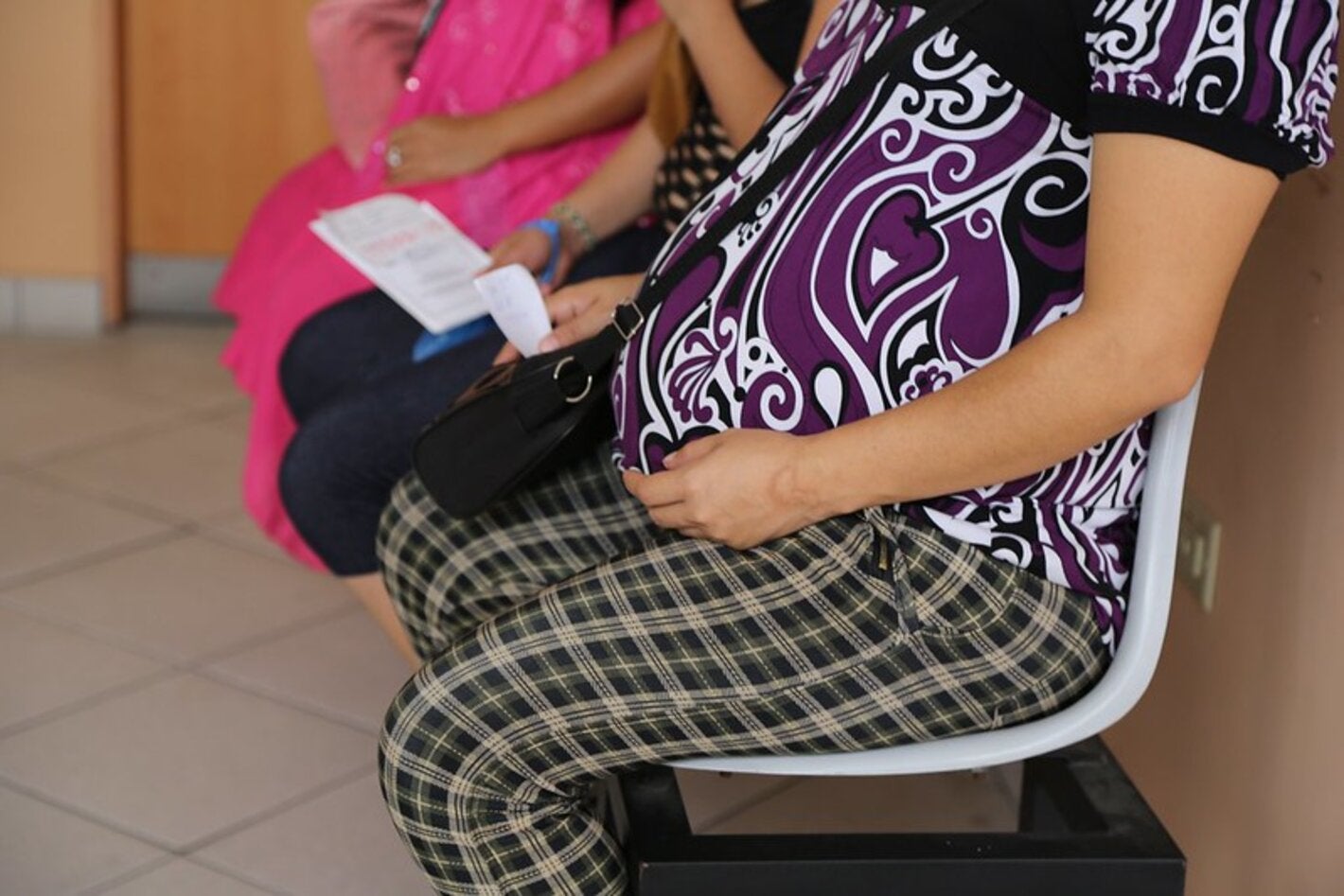
Montevideo, June 16, 2023. The difficulty in measuring maternal mortality is internationally recognised and is due to both under-reporting of deaths in national death information systems and misreporting (misclassification) of causes of death.
Most maternal deaths are preventable. Having reliable information on the number and causes of maternal deaths makes it possible to identify actions aimed at reducing them.
In this context, the webinar "Intentional Search and Reclassification of Maternal Deaths, reliable evidence for the reduction of maternal deaths" was held on 14 June, jointly organised by the Evidence and Action Intelligence for Health (EIH) and Health Systems and Services (HSS) departments of the Pan American Health Organization's (PAHO/WHO).
The objective of this virtual activity was to present the methodology of the Intentional Search and Reclassification of Maternal Deaths (BIRMM, for its acronym un Spanish) as a way to have quality evidence to identify and correctly classify deaths that are usually not identified.
During the opening, Sebastán García, director of EIH, referred to the relevance of improving data and information "for decision-making and the construction of policies aimed at closing many of the existing gaps". In this sense, he stressed that it is important "to know the details of what is happening, the particular cases with disaggregated data, in order to identify specific needs and generate actions".
The director of HSS, James Fitzgerald, said that "There are strategies that cannot be developed on the basis of estimates, but must have concrete information at the territorial level. This is why the BIRMM is very important to reduce maternal mortality in the Americas region". He also stressed the need to work jointly between PAHO departments and with each of the countries.
The BIRMM was presented by mathematician Aline Jiménez, who defined the methodology as the search for maternal deaths that were hidden by poor registration, in order to identify the causes and prevent new deaths.
"Maternal mortality reflects the magnitude of a quality problem in health systems. Pregnant women should not be dying," said Jiménez, who said that "what cannot be measured cannot be improved", and stressed the importance of "measuring with quality". "Every under-recorded death is a missed opportunity to improve the health system".
There are two factors that affect the quality of registration: under-registration, which may be associated with cultural factors or disassociation from sources of information; and misclassification, which can be linked to aspects such as lack of knowledge of how to fill out the death certificate, errors in coding and selection of the basic cause, or even deliberate concealment.
"The BIRMM is part of the path towards a real reduction in maternal mortality," said Jiménez.
After the presentation, PAHO's regional advisor on maternal health, Bremen De Mucio, pointed out that the next step is to obtain expressions of interest from the ministries that want to implement this methodology, as well as to identify the needs and support they would require. From there, BIRMM coordination work teams are formed and a work plan is developed, which will then be implemented in the field.
Three countries (Bolivia, Panama and Peru) are already working effectively along these lines. At the time of closing this note, several countries have expressed their interest in advancing in this process (Costa Rica, Chile and Cuba).
At the end, the director of the Latin American Centre for Perinatology - Women's and Reproductive Health (CLP/WR), Suzanne Serruya, thanked the nearly 500 people who connected to the webinar and again stressed the need to work from a multisectoral perspective. "Maternal mortality is an issue of equity and social justice and it is essential that we commit to working together to reduce it".



